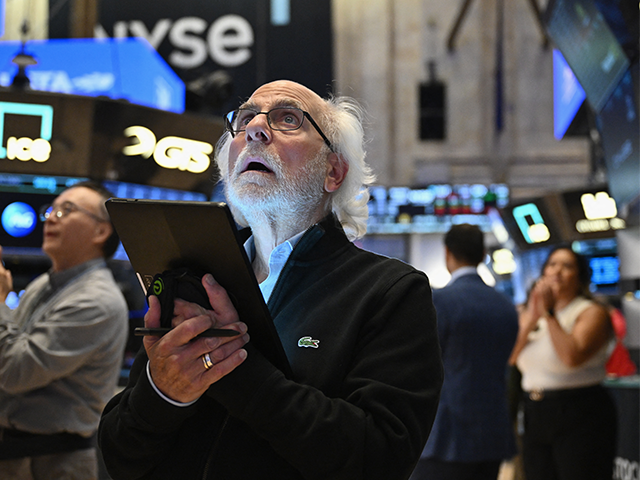How Much Weaker Will the Labor Market Get?
We have arrived on the eve of the most important jobs report in years.
The Bureau of Labor Statistics will release on Friday the results of its twin surveys of employers and households on what the government likes to call the “employment situation.” The rest of us tend to call it the “jobs report.”
The survey of employers—unhelpfully known as the “establishment survey” or the “payroll survey”—tells us how the size of payrolls have changed since the previous month. This is the source of headlines telling us that the U.S. economy added so many jobs—or, in bad times, lost so many jobs—in a month. We also get details about which parts of the economy—such as manufacturing, leisure and hospitality, health and social services—added jobs.
The survey of American households—which is helpfully called the “household survey”—is our source for things like the unemployment rate, the workforce participation rate, and the number of discouraged workers.
While there has been some interest in the surveys over the past few years, they’ve taken a backseat to the government’s reports on inflation. But now that inflation appears to be in retreat and joblessness is on the rise, the employment situation is back in focus.
One of the reasons the attention of analysts and investors has shifted toward employment is that is where the attention of Jerome Powell and his colleagues at the Federal Reserve has gone. At his speech in Jackson Hole, Powell made it very clear that the Fed wants to support the labor market and would not welcome any further softening.
“We do not seek or welcome further cooling in labor market conditions,” Powell said.
Tripping the Sahm Recession Indicator
There’s little question the labor market has cooled substantially. Job vacancies fell to 7.7 million at the end of July, which is close to where they were before the pandemic and far below their peak of over 12 million in 2022. The unemployment rate rose to 4.3 percent in July, up from 3.4 percent in April of 2023.
Last month’s unemployment rate also tripped the Sahm Rule threshold, an important recession indicator, by pushing up the three-month average more than half a percentage point above the lowest three-month average over the past year. While even the inventor of the Sahm Rule, economist Claudia Sahm, says that this time it might be different, crossing the Sahm line has definitely provoked worries that the economy may be weaker than it seemed just a few months ago.
That’s because large rises in unemployment rarely occur unless the economy is in a recession. What’s more, rising unemployment has historically become a vicious cycle. Fewer employed people usually means lower spending, which leads to more layoffs, and rising layoffs leads to fears about job security, prompting precautionary pullbacks in spending, leading to more layoffs.
So far, however, layoffs have been scarce, at least judging by the weekly jobless claims numbers. Last week, for example, the government recorded around 227,000 initial claims for jobless benefits. That’s right around where claims were in the final year of the prepandemic Trump administration.

Wall Street expects that the establishment survey will show between 100,000 and 195,000 workers added to payrolls in August, a wide range of forecasts illustrating just how hard it is right now to predict economic data. The median forecast is for 160,000. The unemployment rate is expected to inch down to 4.2 percent, although forecasts range from a drop to 4.1 percent to a rise to 4.4 percent.
The Fed famously is said to have a dual mandate to promote stable prices and maximum employment. It actually has a triple mandate under the law because it is also supposed to promote “moderate interest rates.” But no one seems to remember that part of the mandate. If it were to become a functioning part of the Fed’s mission, one wonders whether things such as zero-interest rate policies would be permissible.
The Fed views its own mission to have switched from fighting inflation to fighting unemployment. A big disappointment in the jobs figure or a larger than expected rise in unemployment may very well trigger a 50 basis point cut from the Fed when it meets later this month.

COMMENTS
Please let us know if you're having issues with commenting.